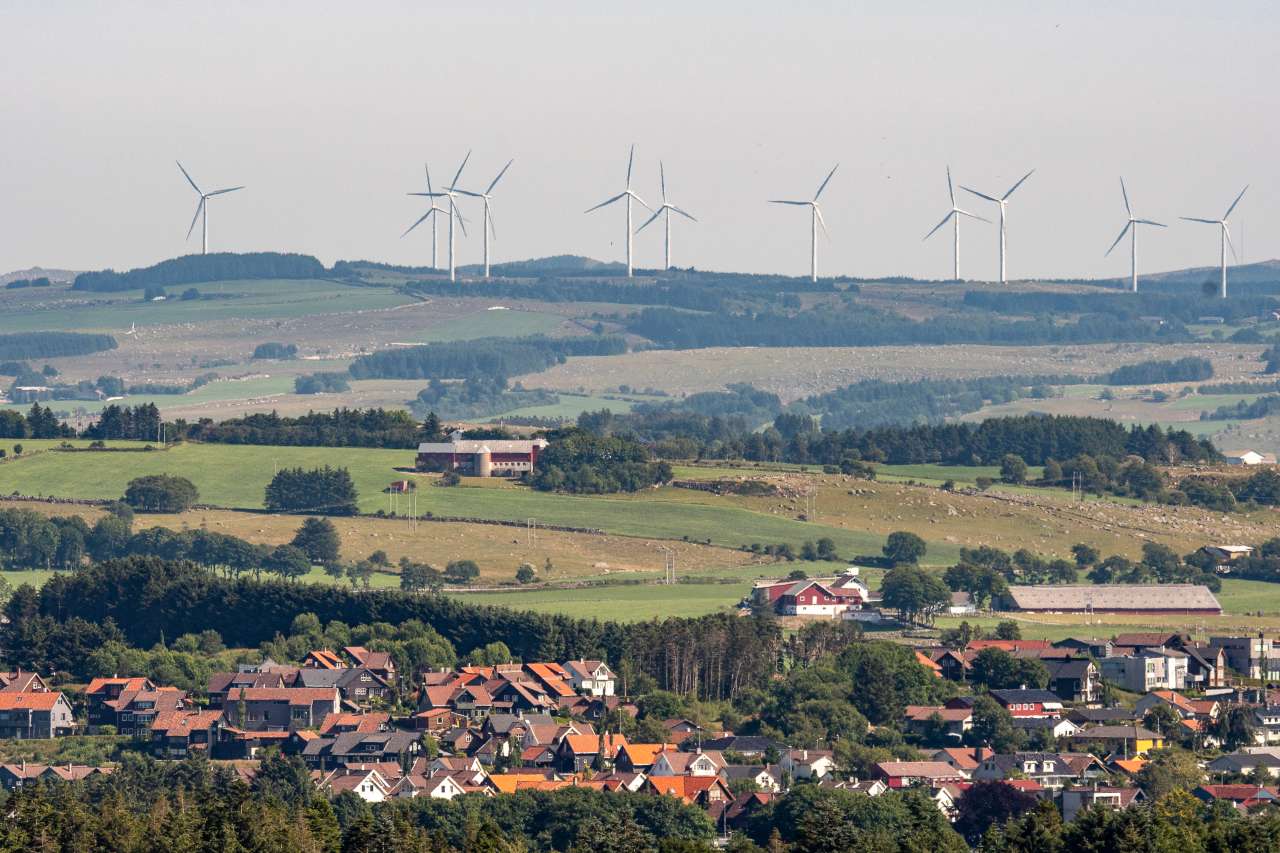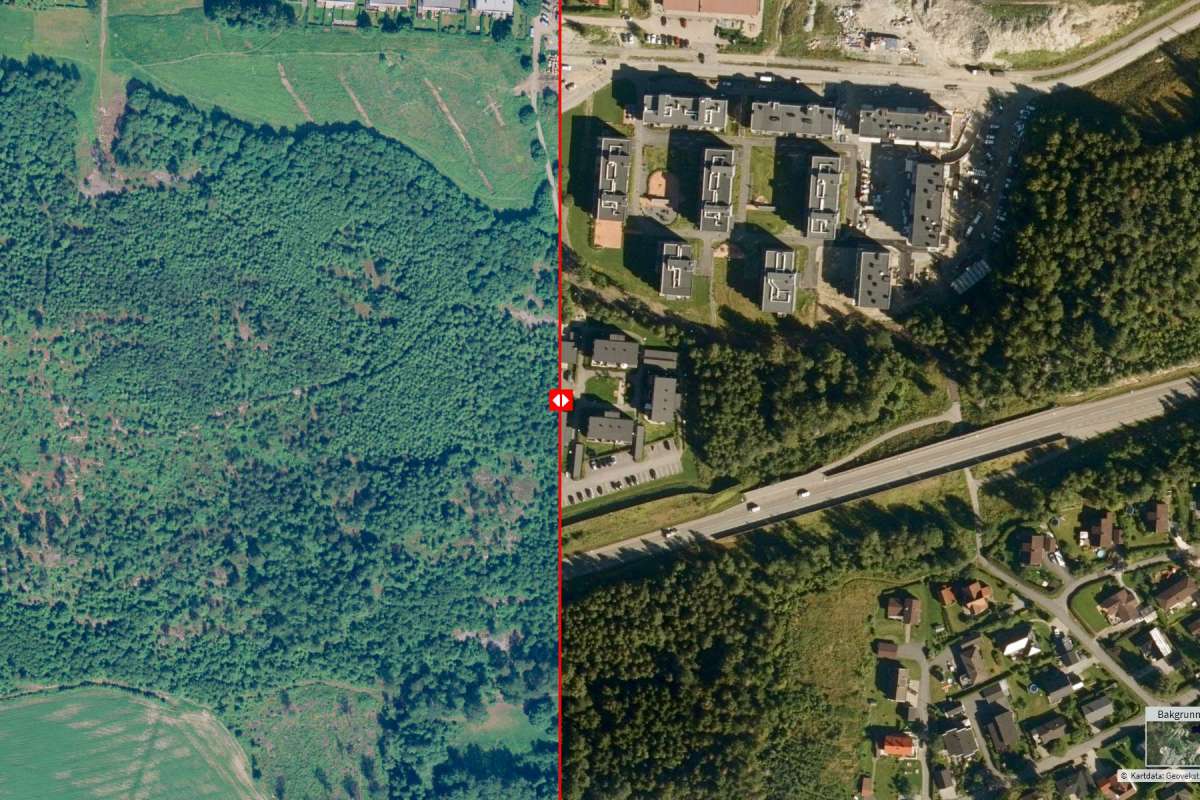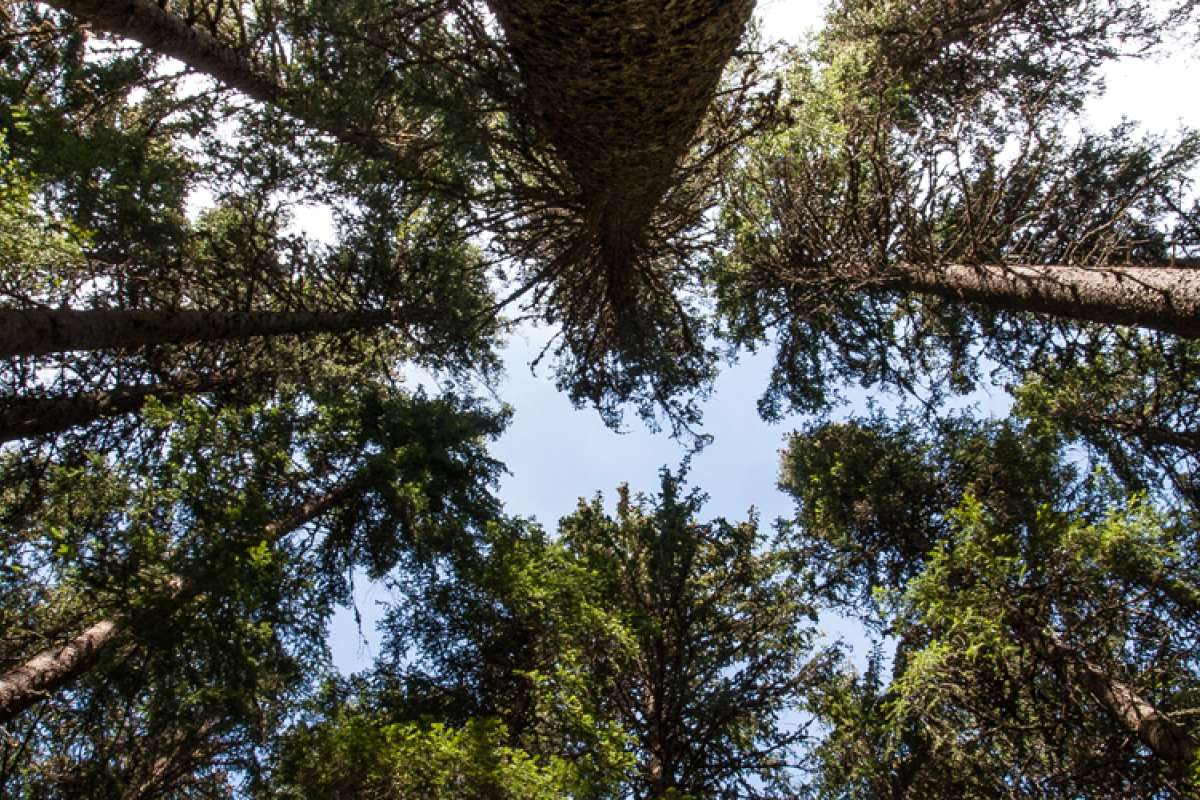
Greenhouse gas accounting for Land use, Land-use change and forestry
Norway reports greenhouse gas emissions and removals to the UN Framework Convention on Climate Change (UNFCCC) every year. In the Land Use, Land-Use Change and Forestry sector (LULUCF sector), emissions and removals of greenhouse gases related to different land uses are reported.

Land use is defined in six categories according to international definitions: forest land, cropland, grassland (intensive grassland and extensive grassland), wetlands (including peat extraction), settlements (areas with various technical interventions, such as housing, roads, power lines, and parks) and otherland (bare soil, bare rock, glaciers etc.). Additionally, changes in the carbon stock in harvested wood products (HWP) are reported.
Included in the greenhouse gas inventory for the LULUCF sector are emissions of carbon dioxide (CO2), nitrous oxide (N2O), and methane (CH4).
The Norwegian Environment Agency reports greenhouse gas emissions and removals for Norway, from all sectors, to the UN Framework Convention on Climate Change (UNFCCC) and to the EU. The greenhouse gas inventory is prepared in collaboration between the Norwegian Environment Agency, Statistics Norway (SSB), and the Norwegian Institute of Bioeconomy Research (NIBIO), with NIBIO responsible for reporting emissions and removals in the LULUCF sector. The greenhouse gas inventory is published in the National Inventory Document (NID) with appendices and made available on UN websites. It reports annually from 1990 up to two years before the reporting year. The entire time series is recalculated every year to ensure continuous improvement of calculations and comparability of the years.
Publications
Abstract
No abstract has been registered
Abstract
No abstract has been registered
Authors
Fay Madeleine Farstad Erlend Andre T. Hermansen Merethe Dotterud Leiren Jørgen Wettestad Lars Harald Gulbrandsen Gunnhild Søgaard Lasse Fridstrøm Marianne Knapskog Tanu Priya Uteng Knut ØistadAbstract
No abstract has been registered
Authors
Teresa Gómez de la Bárcena Lise Dalsgaard Line Tau Strand Christian Wilhelm Mohr Knut Bjørkelo Rune Eriksen Gunnhild SøgaardAbstract
No abstract has been registered
Authors
Gunnhild Søgaard Christian Wilhelm Mohr Clara Antón-Fernández Gry Alfredsen Rasmus Astrup Johannes Breidenbach Rune Eriksen Aksel Granhus Aaron SmithAbstract
No abstract has been registered
Abstract
No abstract has been registered
Abstract
No abstract has been registered
Authors
Johannes Breidenbach Sebastian Eiter Rune Eriksen Knut Bjørkelo Gregory Taff Gunnhild Søgaard Stein Michael Tomter Lise Dalsgaard Aksel Granhus Rasmus AstrupAbstract
No abstract has been registered
Authors
Gunnhild Søgaard Rasmus Astrup Clara Antón-Fernández Lise Dalsgaard Signe Kynding Borgen Nikolas Von LüpkeAbstract
No abstract has been registered
Authors
Signe Kynding Borgen Gro HylenAbstract
No abstract has been registered




